There are many Christmas traditions in our country. We have the Advent calendar, the pig's trotter, the sausage, the holly, the mistletoe, the stump and the Christmas flower. There is also the Christmas tree and the nativity scene, Father Christmas and the Befana, and how can we not mention among the customs the exchange of gifts and the sending of greeting cards to relatives and friends.
Gifts are an important aspect of celebrations in Christmas traditions. All over the world we have various mythical figures who bring them to children. In Italy, the best-known character is Babbo Natale (Santa Claus), but in the age of consumerism, adults also exchange gifts with each other. While for Epiphany, on 6 January, we have the Befana or St Nicholas.
Christmas is a Christian holiday, celebrated worldwide on 25 December, the day on which we symbolically honour the birth of Jesus. The main theme, as the word suggests, is the Christian Nativity and is one of the most important festivities in our beautiful country. In fact, Italy has countless Christmas traditions that, with small variations from region to region, are celebrated every year.
Today, we are going to look at precisely this set of symbols and practices related to Italian Christmas traditions and, perhaps, you will come across some that you were not aware of.

Italian Christmas traditions
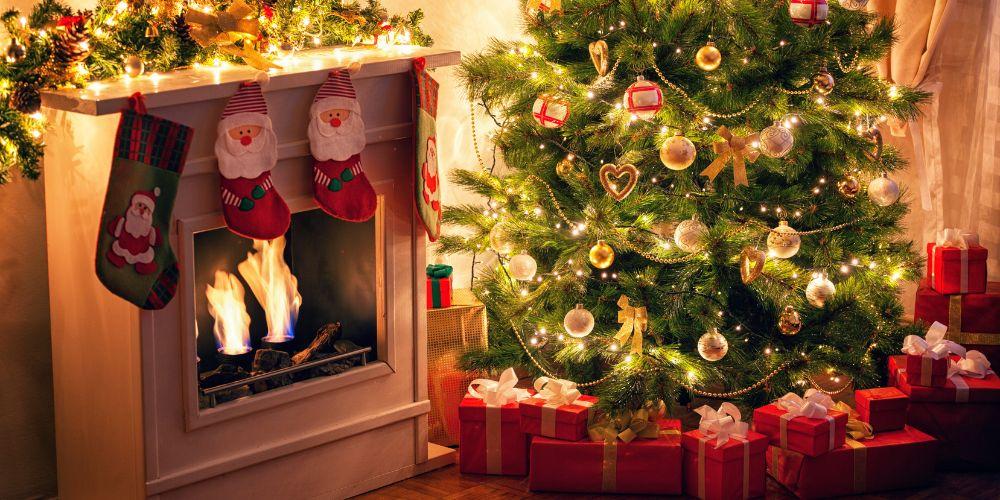
Ours is a country rich in Christmas traditions, ranging from cooking to popular and religious rituals, each region has its own, handed down from generation to generation.
One of the Italian Christmas traditions is that the festivities begin on Immaculate Conception Day, 8 December. On this day, Italian families decorate the Christmas tree, set up the nativity scene and carpet the house with colourful lights.
Among the Italian Christmas traditions we cannot fail to mention the pipers, who herald the arrival of the festivities and with their typical melodies and songs cheer the festivities and wish Merry Christmas.
Also included in the Italian Christmas traditions two mythical figures, Santa Claus and the Befana, main icons of the custom of bringing gifts to children. Ny the way, there's also the mutual exchange of presents within family and friends.
At the Advent time, all over Italy, it is a custom to organise the widespread and popular Christmas markets, with the people preparing to visit these enchanting places in search of gifts, special decorations, traditional biscuits and many other Christmas beauties.
To learn more about these and other Christmas curiosities, continue reading our article on Italian Christmas traditions.
Italian Christmas traditions: the feast of St Nicholas

In many European countries 6th of December, day of St Nicholas of Myra, is dedicated to gifts for the little ones.
In Italy, among the Christmas traditions, that of St Nicholas bringing gifts to children is celebrated above all in the city of Bari and throughout Trentino Alto Adige. On 6 December, Nikolaus, St Nicholas, accompanied by the fearsome Krampus, arrives throughout the province, bringing small gifts and sweets in the characteristic red bag, such as chocolate, mandarins and dried fruit, bonbons, Pfeffer or Lebkuchen.
Saint Nicholas, the original Santa Claus, is an icon of Christmas not only in Italy but also in Northern Europe and much of Central and Eastern Europe.
In these countries, beyond the celebrations for Nicholas, every Sunday of the festivities there is the custom of lighting a candle on the typical Advent wreath, while every day children await the arrival of Christmas by opening a little box on the 'Advent calendar', which starts on the 1st and ends on the 24th, waiting for the gifts under the tree.
Italian Christmas traditions: Santa Claus, Befana, Santa Lucia
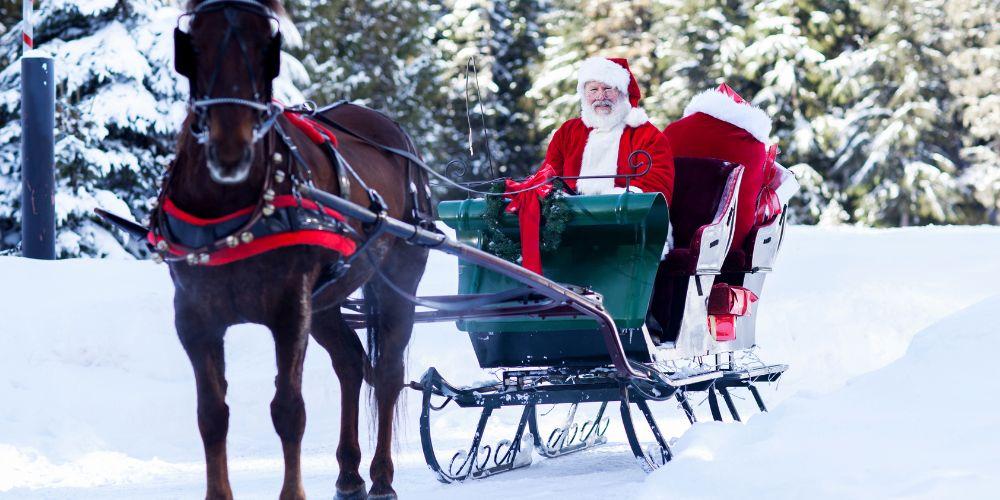
Santa Lucia from Syracuse also brings gifts to children in many northern Italian provinces on the night of 13 December. In addition, in Syracuse, the saint's hometown, she is solemnly celebrated with religious and folkloristic functions. Then on the night of 25 December there is traditionally Santa Claus.
In Trentino Alto Adige and northern European countries, the evening of Christmas Eve is the time when gifts are exchanged, and for children, Christkind arrives. In most Christmas traditions, it’s indeed the Christ Child or Father Christmas who brings the gifts to the children on Christmas Eve.
Santa Claus arrives on the night of 24 December flying on a magical sleigh pulled by reindeer. He enters in our homes by descending down the chimney, leaves the gifts under the tree and eats the biscuits and milk that the children have left for him. The rest of the year is spent making toys together with the elves in their toy workshop where they work and receive letters about children's behaviour.
The feast doesn’t end with Christmas, but rather awaits the arrival of the Three Biblical Magi for the Epiphany with the children going from house to house to announce the birth of Christ, disguised themselves as the Biblical Magi, asking for a small offering, and often, they are given sweets. But Epiphany day is also dedicated to the kindest witch of the world.
Befana arrives flying on a broomstick. Children hang a stocking over the fireplace, so that it can be filled with toys and sweets.
Ancient Christmas traditions: the nativity scene
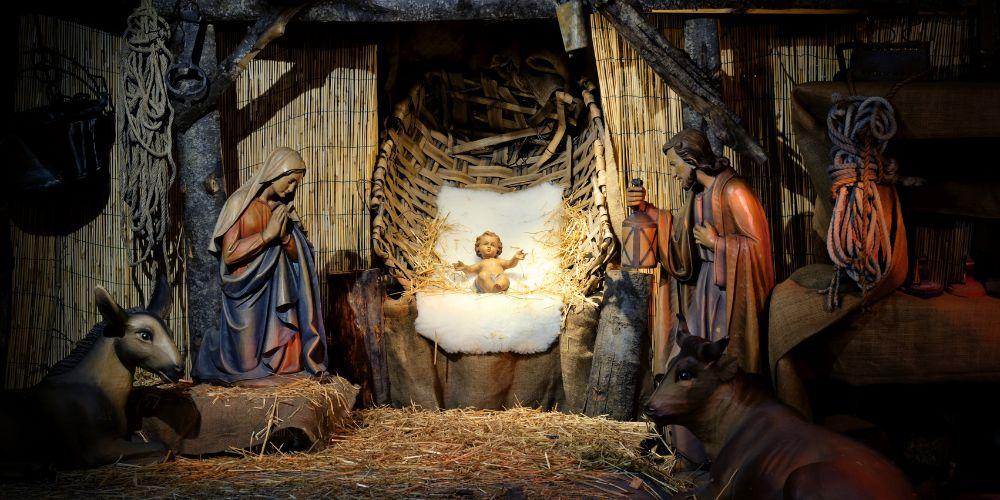
The nativity scene is one of the most widespread Christian Christmas traditions in our country, and is the scenic representation of the Nativity of the Child Jesus.
The first nativity scene was Italian and was commissioned by St Francis of Assisi, who in 1223 in Greccio asked a friend to place a manger, an ox and a donkey in a grotto, so that people could see with their own eyes admiring the situation and the place where Jesus was born.
In the 15th century, the nativity tradition took hold in Naples. In fact, San Gregorio Armeno street, which has become the symbolic street of this art in the historic centre, is full of artisan workshops that crowd every year with tourists ready to catch a handmade figurine.
Christmas traditions of yesteryear: Christmas decorations

The decoration of a Christmas tree with Christmas decorations and lights, the application of garlands of evergreen leaves, special hollyhocks and mistletoe are part of Italian Christmas traditions.
The use of holly was introduced by the Church, to remember the crown of Christ. But the best Christmas flower is the poinsettia, the Christmas star. Also popular the red amaryllis and the Christmas cactus.
For the festive season, it is customary to set up decorations with lights and huge Christmas trees along the main streets and squares. Other typical decorations include bells, candles, candy canes, Christmas stockings, wreaths and angels. One of the most popular Italian Christmas traditions is also the display of wreaths and candles in every window of our homes.
The typical Christmas colors in Italy are commonly red (passion and warmth), green (rebirth and hope), white (purity), silver and gold (royalty and wealth, both spiritual and material). Over the years blue has also become quite popular, a color that conveys elegance and symbolizes the Virgin Mary.
Christmas traditions of yesteryear: traditional cooking
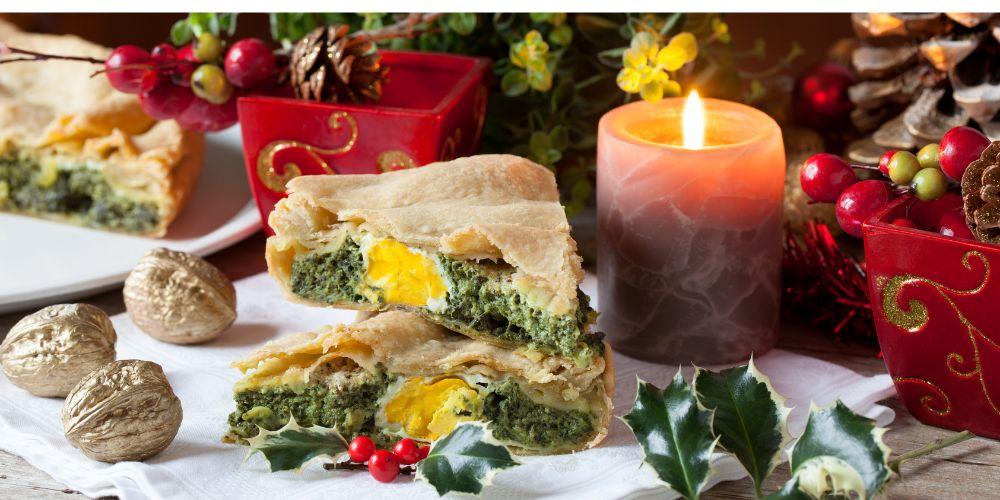
A special family meal, whether is an eve's dinner or a lunch, is one of the most important and heartfelt Italian Christmas traditions, a prominent aspect of the way of Italians to celebrate the holidays starting from the food.
Even at this time of year, Italian cuisine never disappoint and each region has its own workhorse. Among the big stars are Christmas sweets, super delicious specialities that cover Italy from North to South. Examples of these are:
1. Christmas Zelten (Trentino Alto Adige): a dessert of Central European origin, made with dried fruit and candied ones, that is usually prepared during Advent;
2. Christmas trunk (Piedmont): a cake in the shape of a piece of wood. Originating in Scandinavia, it contains butter, mascarpone cheese, eggs, chestnut cream, cream and chocolate;
3. Pangiallo (Lazio): a sweet bread dating back to Imperial Rome, where it was customary to prepare it during the winter solstice, as a good omen for the return of long days;
4. Struffoli (Campania): a typical traditional Neapolitan Christmas cake of Greek origin. They are soft balls of sweet dough, fried in boiling oil (originally in lard), then dipped in honey and enriched with candied fruit and coloured sugared almonds.
5. Cartellate (Apulia): these are small rosettes of dough made with flour, eggs, sugar, oil, white wine, fried and then dipped in vincotto (fresh cooked grape must) or honey.
The eternal Italian dilemma: Panettone vs Pandoro

Among the sweets of Christmas traditions, a separate mention must be made of panettone and pandoro. Two Christmas sweets from Milan (panettone) and Verona (pandoro) respectively, but which are consumed throughout Italy.
Italian Christmas is split in two when it comes to these two sweets, because there are those who prefer one and those who prefer the other. There are those who love panettone, rich in sultanas and candied fruit, a symbol of abundance and happiness; and those who love pandoro, simple but rich in butter and eggs, with its unmistakable star shape.
The solution? Enjoy them both! The best way to do this is to gather together in front of the Christmas tree and the nativity scene, sipping some excellent sparkling wine and singing the magical Christmas songs.
Christmas traditions of yesteryear: greeting cards
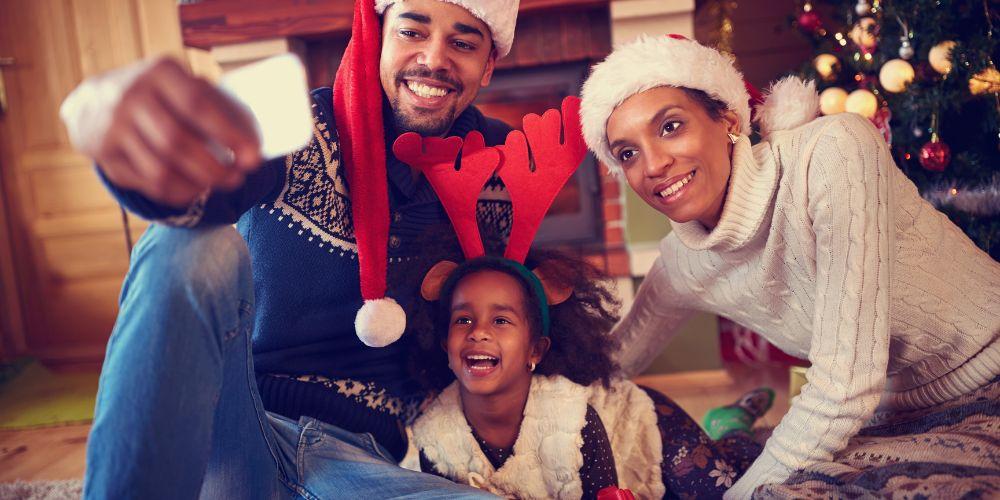
Greeting cards are among the most popular Christmas traditions in Italy and worldwide. In part, they are used to maintain relationships with distant relatives and friends.
Many families along with the cards send the famous family portrait where everyone is dressed alike with a strict Christmas-style dress code. But there are also other photos that always depict family members and stories about the events they experienced during the course of the year.
Christmas traditions of Italians
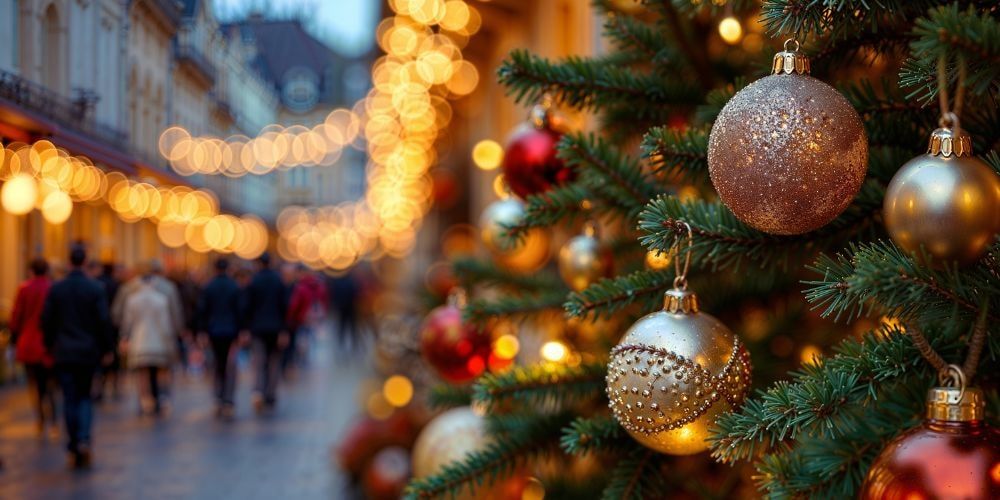
• Christmas traditions: let's go over the symbols and practices linked to this magical time of year.
• Italian Christmas traditions: every region has its own, they are handed down from generation to generation and range from cooking to popular and religious rituals.
• Particular Christmas traditions: the feast of St Nicholas. Nikolaus and the fearsome Krampus who bring gifts to South Tyrolean children.
• The most beautiful Italian Christmas traditions: Father Christmas, the Befana, Santa Lucia and all the bearers of festive gifts.
• Ancient Christmas traditions: the nativity scene. The most popular in Italy curiosities and where you can find handcrafted figurines.
• Old-time Christmas traditions: Christmas decorations. How they come into being and why the choice of colours.
• Christmas traditions of yesteryear: traditional cooking, typical sweets from Italy and other countries.
• The eternal Italian dilemma: Panettone vs Pandoro the choice is always hard.
• Christmas traditions of yesteryear: greeting cards. The customs that have accompanied us since time immemorial and the desire to catch up with distant relatives and friends.
About the author
Written on 28/11/2022

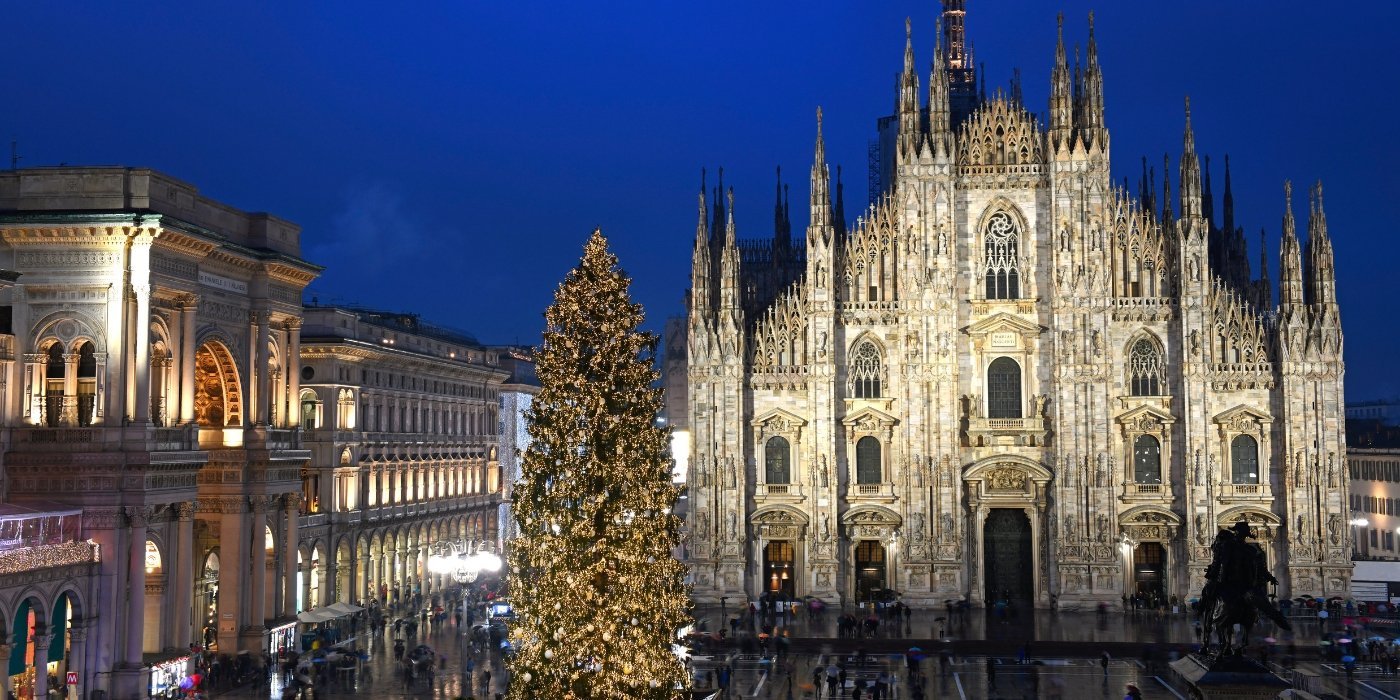

Simone Spolitu
Experience these magical holidays like Italians and discover Italy's most popular Christmas traditions: curiosities, icons, customs and typical food!